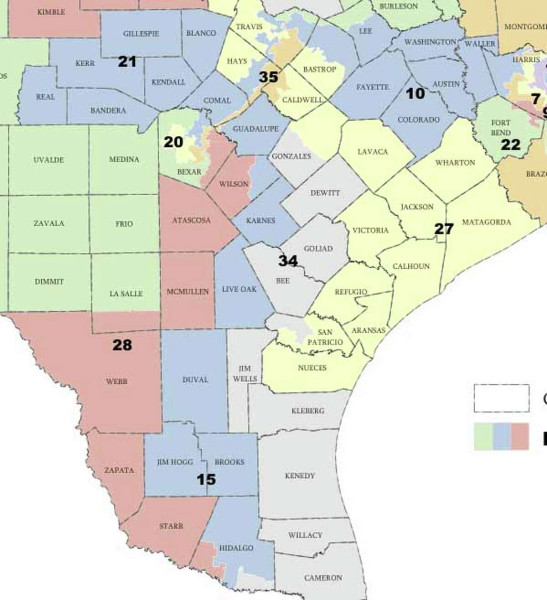The U.S. Supreme Court has stepped into a contentious battle over Texas's 2026 congressional redistricting plan, temporarily blocking a lower court ruling that found the plan likely discriminates on the basis of race. This move comes as part of a broader legal battle over the redistricting map, which was pushed by President Donald Trump and is seen as favoring Republican candidates in the 2026 midterm elections .
The redistricting battle is a crucial political chess match, where the Supreme Court's involvement could significantly impact the balance of power in Congress. The original ruling by a three-judge district court in Texas found that the new map likely violates the Voting Rights Act. This ruling would have required Texas to use a different map for the 2026 elections .
Texas, in a swift response, asked the Supreme Court to intervene, seeking an emergency order to allow the use of the map that was initially struck down. The state's request was granted by Justice Samuel Alito, who temporarily paused the lower court's ruling. This decision allows Texas to use its 2025 congressional map for the time being, maintaining the status quo until the Supreme Court makes a final decision on the matter .
This is not the first time the Supreme Court has been drawn into Texas's redistricting battles. The state's gerrymandered congressional maps have a history of legal challenges, with previous rulings affirming parts of the maps while others are still under legal review. The current redistricting plan is part of a broader strategy by Republicans to maintain control of the U.S. House of Representatives, a strategy that has been a contentious issue in recent elections .
The Supreme Court is now set to wade into what could be a series of mid-decade redistricting pushes. The high court's decision on Texas's redistricting plan could have far-reaching implications for future redistricting efforts across the country, particularly in states where similar political battles are brewing. The outcome of this case will likely shape the political landscape for years to come, as the redistricting process is critical to determining the composition of Congress and state legislatures .
As the legal battle continues, the Supreme Court faces a delicate task of balancing the legal requirements of the Voting Rights Act with the political considerations at play. The final decision will not only impact the 2026 elections but could also set precedents for future redistricting efforts, making it a landmark case in the annals of American politics .



